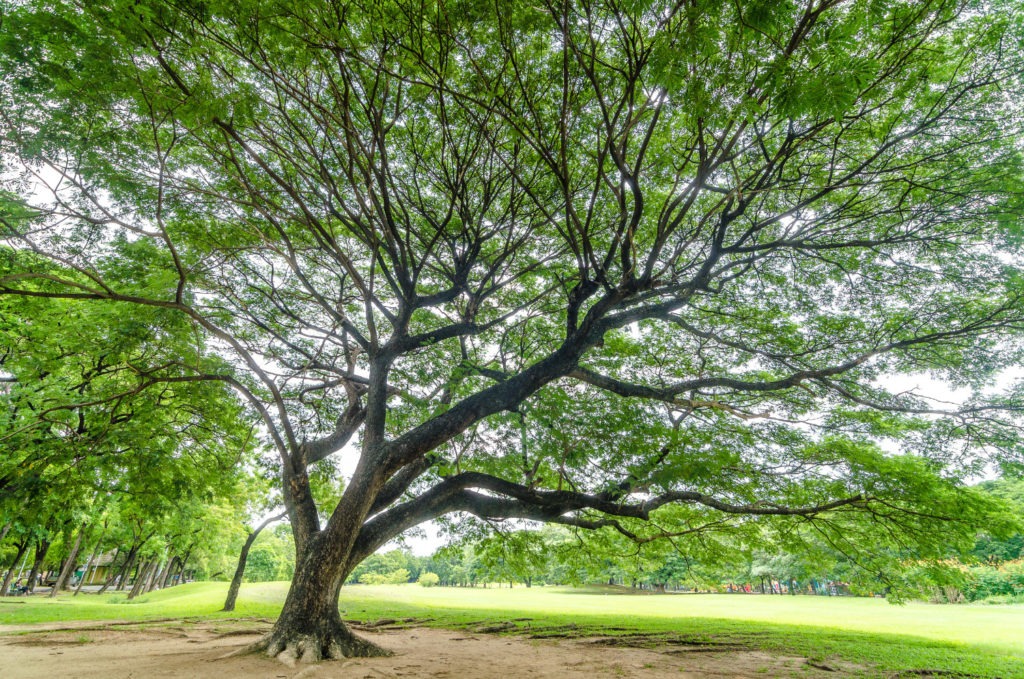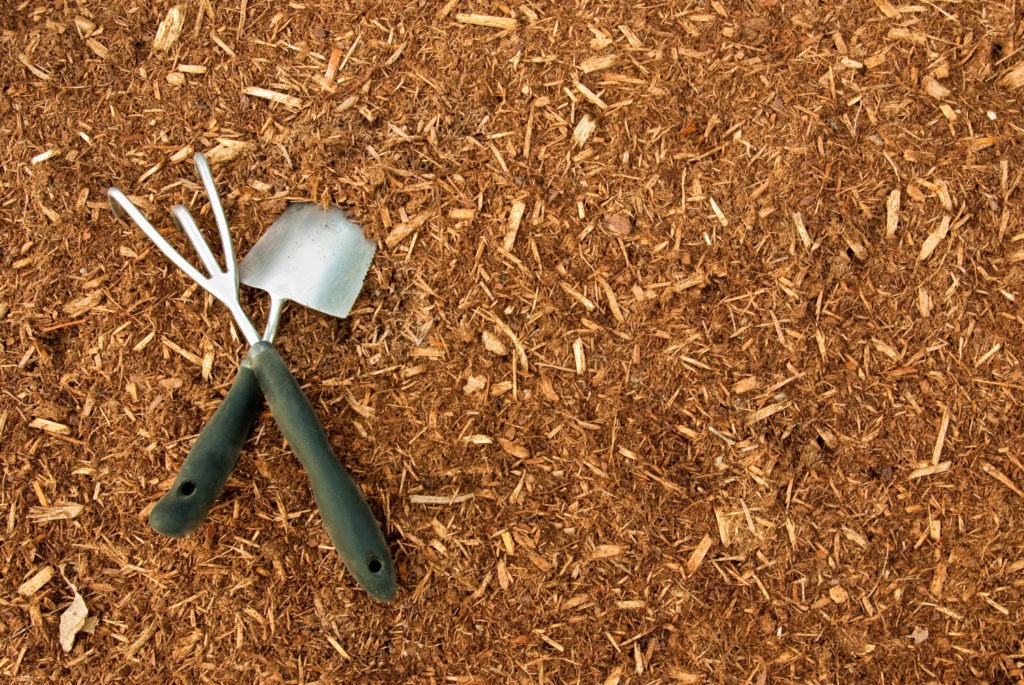Here at Red’s Tree Service, we know all about trees and their health during winter months, so don’t hesitate to give us a call! Here are a few tips and warning signs to keep your trees healthy all winter long.
Be ready for winter weather
You will want to cable, brace or prune any limbs or branches that hang over your house, car, or sidewalk. Otherwise winter stress can cause breakage. Be sure to remove unsafe, dead, or diseased branches.
Planning to prune
Right now, while trees are in the inactive, or dormant, stage of growth right now, is the best time to prune.
Dormant pruning is the hot tree care topic this time of year. In the icy, snowy, and freezing winter months, your trees stop growing. Many people think that trees need to be pruned in the middle of the growing season so they can tell which branches are dead or alive, but that isn’t so. Red’s Tree Service can tell in winter which branches are dead or alive and can remove the right branches in order to properly shape a tree and get it away from a roofline, or have sunlight filter through to the ground to give light to other plants. A few benefits of dormant pruning:
- Improved healings. Pruning leaves wounds that need to heal and springtime is the best time of year to heal.
- Storm readiness. Seeing a trees with no leaves allows one to see what the tree looks like without any added weight, and gives a good picture of how the tree will handle high winds when storms come through.
- Disease control. Some trees cannot be pruned unless they are dormant because of disease management.
- Precise pruning. There is a clearer vision of any disease, and what needs to be removed when the dormant bud can be seen.
- It’s less intrusive and leaves much less impact to the landscape during the winter months.
Pruning is not the easiest task. That’s why Red’s Tree Service is here to help! Contact us to assist you with your dormant pruning needs.
Inspect your trees before that ice hits

If your tree is bending or drooping because of snow and ice accumulation, think twice before shaking the branches. When ice coats trees in thick crystal layers, it forms perfect icicles that clink together. This makes for pretty music in the wind, and can be a beautiful sight, too. But very quickly that can turn into evergreens doubling over and deciduous tree branches hanging heavy as if weeping.
Trees that tend to suffer the worst damage as a result of snow and ice are evergreens like arborvitae and juniper, or clump trees like birch. On these trees, locating and pruning weak-jointed branches before they become a problem is important. Slow-growing trees like oak are less likely to lose limbs. And, when it comes to ice, age does not make a tree stronger; younger trees actually tend to survive better in ice storms.
When you find your trees are bending or drooping as a result of ice and snow accumulation, your first instinct is probably to shake the branches and free them of the winter burden. Red’s Tree Service recommends NOT doing that, unless the snow is very dry and fluffy. Branches coated in ice can become quite brittle, and shaking them can cause damage or breakage. Because trees are so flexible, suddenly knocking the ice weight off may cause branches to snap back, potentially damaging the tree’s circulatory system.
Hydrate, mulch, and fertilize

Mulching, hydration and proper fertilization are important throughout the year, so head outside and give your trees the nutrients they need for the long, winter months. Trees recovering from a harsh winter, temporarily coping with drought stress, or lacking a seasonal substitute for an irrigation system, can benefit from subsurface watering.
Subsurface water is an easy innovation to implement. By placing water below grade, it is more efficiently distributed and less likely to run off or evaporate. The soil injection technique also bypasses slow soil infiltration rates of soils that contain high clay content, making it a viable alternative to surface watering.
The injection of water under pressure into the soil may also provide some soil compaction relief–an added benefit for your trees.
While the forest floor is an ideal setting for all plants, we realize not all landscapes have access to such nutrient-rich soils. But throwing down fertilizer shouldn’t be your immediate, go-to solution either. First ask yourself the following questions:
- Which type of fertilizer would you use?
- What are your goals for the plants in your landscape?
- How is the health of your landscape plants?
- What are you fertilizing?
Fertilizers are like vitamins for your plants. Trees and plants need nutrients, which fertilizers provide, but providing more nutrients than readily available is not necessarily better. Certain conditions can be addressed with proper, supplemental nutrition, while others cannot. Red’s Tree Service can help you determine whether fertilizer is appropriate for your landscape, and, if necessary, apply it to your trees and shrubs before they enter peak growing season.
At Red’s Tree Service we eliminate all the guesswork from the equation. You can breathe easy knowing your trees are in good hands. Contact us today for a consultation!
